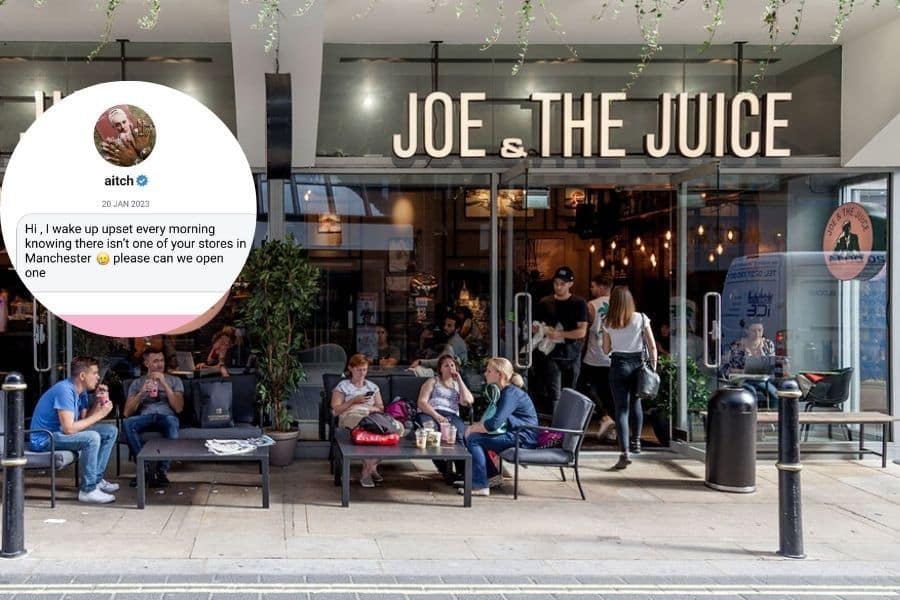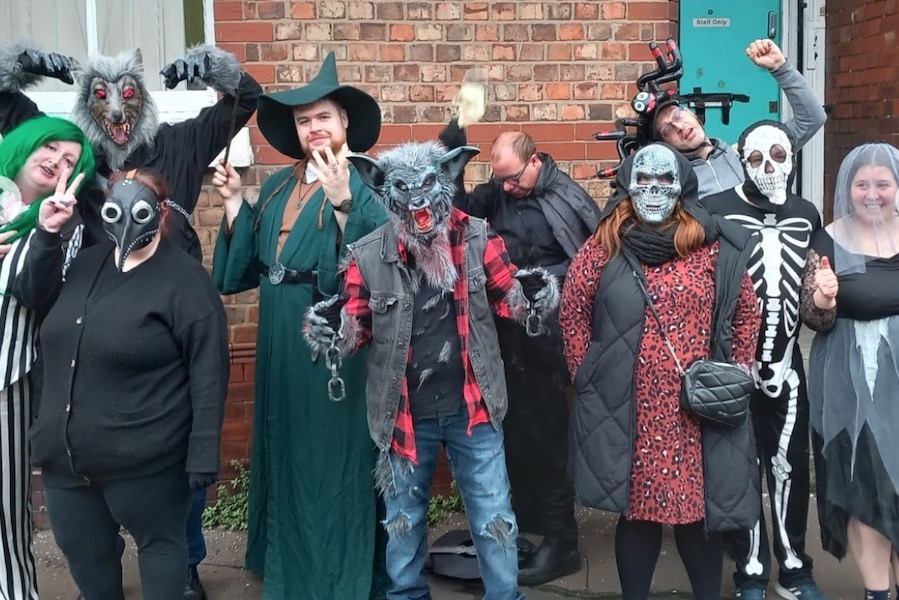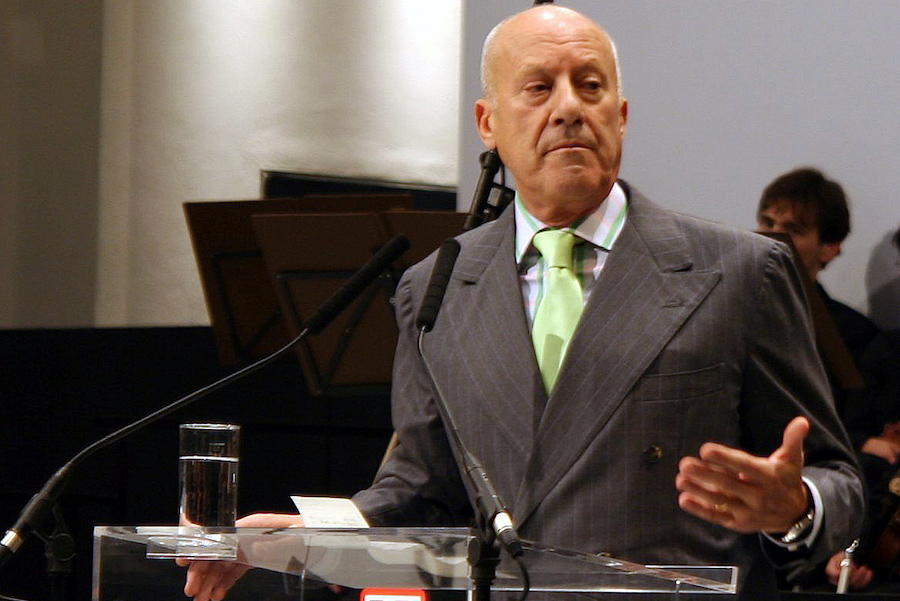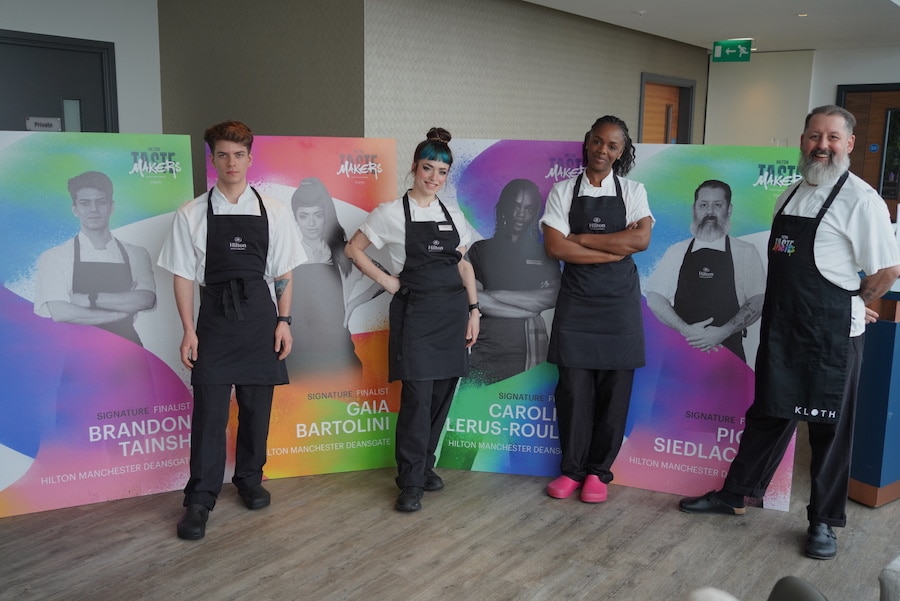Elusive and contrarian: Mark E Smith celebrates the work of the original bad boy of the arts
- Written by Emily Oldfield
- Last updated 8 years ago
- City of Salford, Culture, Exhibitions
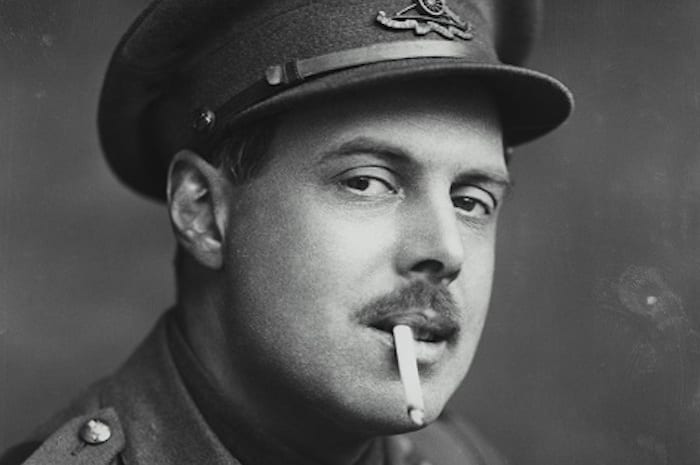
Discover the work of one of Britain’s controversial artists at an exhibition which opened this month at The Imperial War Museum North, Salford Quays.
Life, Art, War marks the 60th anniversary of the death of Wyndham Lewis and the centenary of his commission as official war artist. It will be the UK’s largest ever Lewis retrospective and is expected to contain over 160 artefacts.
One of the exhibition’s highlights is Responding to a Rebel: Mark E Smith, Agent of Chaos on 2 August. The Salford-born musician, a huge admirer of Lewis’s work, will be leading a tribute of poems and ramblings inspired by Lewis, along with live percussion, vintage cassette players, projections and more.
Though they might seem almost opposed to each other at first glance, some interesting parallels appear when comparing the twentieth century artist and writer and the Fall frontman.
Both were rebels, willing to express often controversial unpopular opinions, and both boast impressive and disturbing back catalogues.
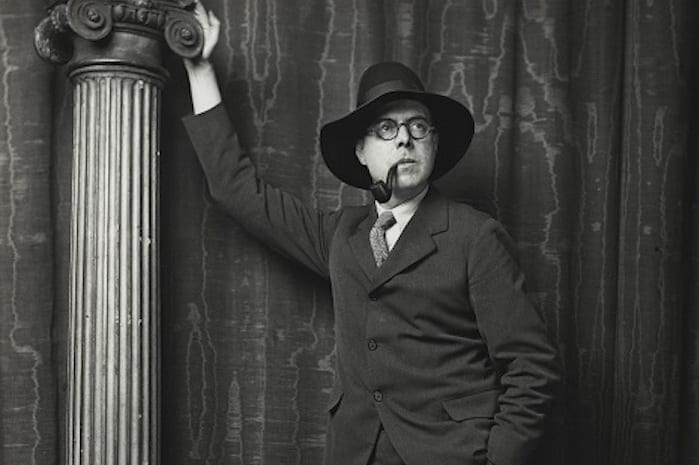
Lewis claimed responsibility for hundreds of works of art whilst Smith has released over 30 full studio albums with The Fall in forty years.
Having founded vorticism – arguably Britain’s premier avant garde art movement, known for its geometric patterns and unusual use of colour – Lewis continued to work during his service on the western front of World War I, rising to become official war artist for the British and Canadian governments.
With a unique artistic flair and a painfully direct style, he was responsible for documenting some of the most turbulent moments in British history.
Also a writer, Lewis’s acerbic wit and sharp tongue followed him after the war, leading to an almost immediate falling out with the most prominent members of London’s Bloomsbury Group.
His launched a magazine, The Enemy, and satirised the literary establishment in his book The Apes of God. He was a man who seemed to thrive on chaos, creating conflict as an artist, a writer and cultural critic, starting in the early years of the twentieth century and ending in the nuclear age, eventually living for 74 colourful years.
Lewis also became well-known for his portraits. However, like all of his life’s work, it wasn’t always for all the right reasons.
He painted prominent public figures during the 1930’s and 40’s including Edith Sitwell and Ezra Pound – though the selection committee of The Royal Academy rejected his 1938 portrait of TS Eliot, causing a stir and making headlines as recently as 2008.
“One never really gets to the bottom of Wyndham Lewis,” says Richard Slocombe, senior curator at IWM says.
“He is elusive and contrarian, and that’s what makes him so fascinating. Lewis lived through incredibly turbulent times where war, or the threat of war, was ever present. This exhibition will shed light on the work of a highly gifted, original, but often ignored artist and one of the great personalities of the twentieth century.”
The exhibition also explores Lewis’s ‘underground’ period of reflection and reinvention after the First World War, including his self-imposed post-war exile to North America and his eventual descent into total blindness upon his return to London.
Having written over 30 books and created innumerable artworks before his death in 1957, Lewis’s title of ‘art’s original rebel’ was hard won. As a man who never backed down and ensured he was heard, he left a mark on history that will never be erased.
Wyndham Lewis: Life, Art, War is on until 1 January at the Imperial War Museum.
- This article was last updated 8 years ago.
- It was first published on 30 July 2017 and is subject to be updated from time to time. Please refresh or return to see the latest version.
Did we miss something? Let us know: [email protected]
Want to be the first to receive all the latest news stories, what’s on and events from the heart of Manchester? Sign up here.
Manchester is a successful city, but many people suffer. I Love Manchester helps raise awareness and funds to help improve the lives and prospects of people across Greater Manchester – and we can’t do it without your help. So please support us with what you can so we can continue to spread the love. Thank you in advance!
An email you’ll love. Subscribe to our newsletter to get the latest news stories delivered direct to your inbox.
Got a story worth sharing?
What’s the story? We are all ears when it comes to positive news and inspiring stories. You can send story ideas to [email protected]
While we can’t guarantee to publish everything, we will always consider any enquiry or idea that promotes:
- Independent new openings
- Human interest
- Not-for-profit organisations
- Community Interest Companies (CiCs) and projects
- Charities and charitable initiatives
- Affordability and offers saving people over 20%
For anything else, don’t hesitate to get in touch with us about advertorials (from £350+VAT) and advertising opportunities: [email protected]

Almost Famous brings back its most legendary burger – for one month only



The world-renowned Mancunian architect behind Old Trafford’s future

Manchester United reveal plans for new 100,000-seater stadium – set to be UK’s biggest







